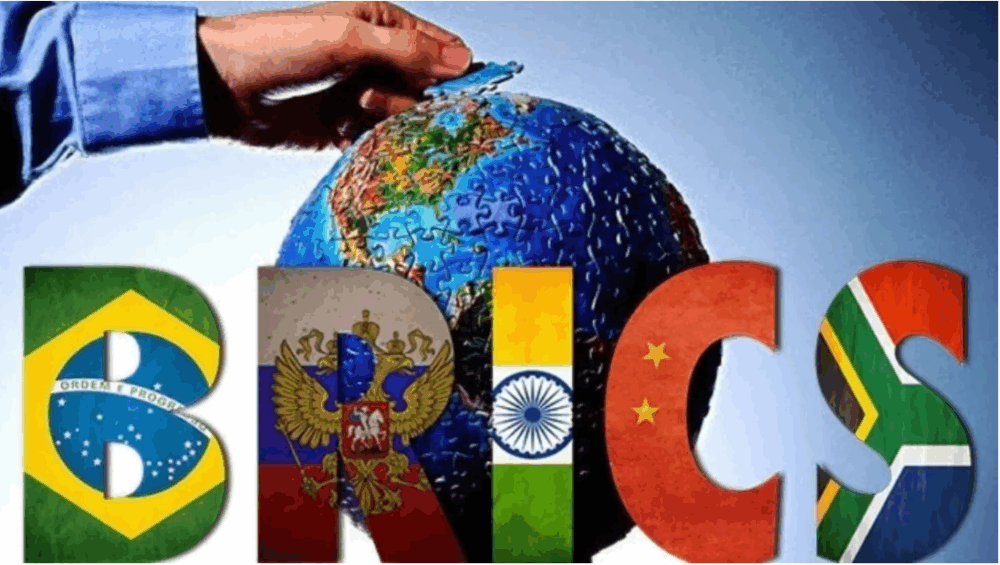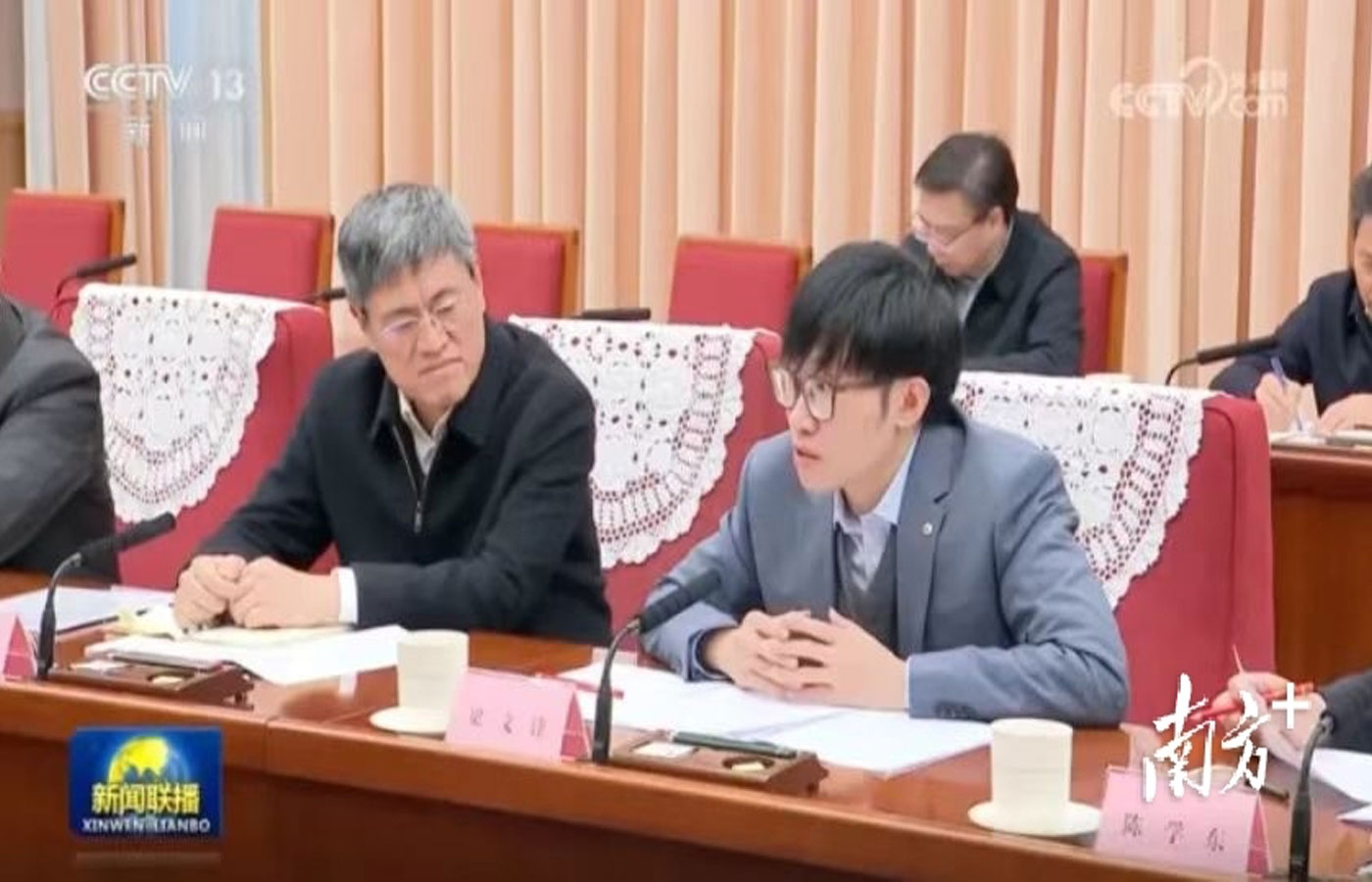The US’ strategic shift to Asia, embodied by a US increased presence in the Indo-Pacific region as a means of reorienting the US foreign policy toward China, has been widely commented. China is viewed as the US’ predominant strategic rival, which requires a full-scale containment strategy. One of the nerve centers of this strategy is located in the Taiwan Strait. In recent years, Washington’s apprehensiveness about this geopolitical rival has gained momentum as a handful of Central American countries have switched their diplomatic ties from Taiwan to China, resulting in only thirteen countries globally, the majority of them without any political weight, that maintain official diplomatic relations with Taiwan.
For decades, the US has been cultivating duplicity over the Taiwan issue, abiding by the PRC’s One China principle on the one hand, yet keeping on with the arms sales to Taiwan on the other. While the Taiwan issue was prone once to a political showdown inside the US between the Democrats and the Republicans, there seems now to be a consensus between the two political parties over the hardening of the US position regarding the One China policy and the Taiwan issue.
The US Official Position on the Taiwan Issue
Since the PRC’s independence of 1949 and the communists’ victory over the Kuomintang, the One China policy, which asserts the indivisibility of sovereignty between mainland China and Taiwan, has been a non-negotiable condition of the PRC’s diplomatic ties with third countries.
After the UN resolution of 1971 granting the People’s Republic of China a seat at the United Nations – and thus expelling the ROC (Taiwan) –, the three US-China Communiqués of 1972, 1979 and 1982 have paved the way for diplomatic and trade relations between China and the US, with Washington stating in clear terms that “The government of the United States of America acknowledges the Chinese position that there is but one China and Taiwan is part of China.”
The showdown that took place in April 1979 between Jimmy Carter and the Republican-controlled Congress ended up with the latter passing the Taiwan Relations Act, which states in unequivocal terms the US’ commitment to maintaining all sorts of diplomatic relations – albeit unofficial – with Taiwan, and to making “defense articles and defense services” available to the island.
Three years later, in 1982, just before reaffirming the US acknowledgement of the One China policy in the third US-China Joint Communiqué, President Reagan communicated the Six Assurances to the government of Taiwan. Among these “assurances” is the US commitment to pursuing the US arms sales to the island without prior consultations with Beijing; to not exerting pressure on Taiwan to enter into negotiations with the PRC; and to keeping on with the US’ “longstanding position on the issue of sovereignty over Taiwan”, without elaborating on the latter point.
These Six Assurances, along with the Taiwan Relations Act and the three Joint US-China Communiqués, represent the three sets of documents that are intended to guide the US’ approach to the One China principle.
Breaking the Decades-old US-China Consensus
In contradiction with the One China policy and the peace commitment principles in the South Asia region outlined in the three US-China Joint Communiqués, Washington’s policy toward Beijing has been characterized in recent years by an increasingly belligerent tone, as well as moves, in the South China Sea, and more broadly in the Indo-Pacific region.
The establishment by the US of both formal and informal security blocs in the South China Sea and beyond has materialized Washington’s concerns about China’s rise of power. As a result, the buildup of partnerships and alliances in China’s vicinity such as the QUAD, the AUKUS, the extension of the US-Philippines Mutual Defense Treaty, the US-Japan-Philippines security cooperation, the trilateral military drills between the US, Japan and South Korea, the US-backed increasingly assertive stance of Vietnam over the South China Sea: all these moves have understandably been denounced by Beijing as a US attempt to bring NATO-style alliances to the South China Sea, undermining regional peace and stability.
At the same time, the US has increased its controversial ties with Taiwan through official bilateral visits trampling on the One China policy, as well as through abundant arms sales to the island. This is despite the consensus agreed upon in the Joint US-China Communiqué of 1982, which states that the US Government “does not seek to carry out a long-term policy of arms sales to Taiwan, that its arms sales to Taiwan will not exceed, either in qualitative or in quantitative terms, the level of those supplied in recent years since the establishment of diplomatic relations between the United States and China, and that it intends to reduce gradually its sales of arms to Taiwan, leading over a period of time to a final resolution.”
In addition to those arms sales, Washington has been encouraging security cooperation and technology partnerships over the past few years between Taiwan and its “allies”, in order to develop the drone industry on the island. An indicative sign of Washington’s headlong rush into a geopolitical confrontation with Beijing, the US’ think tanks go so far as to analyze Taiwan’s surrender in 1683 – that is, 340 years ago –, with a view to anticipating the US response against “possible threats” from China, which, in the US rhetoric, means: in the event of an attempt by China to “seize” Taiwan. Assessing the potential coordination between Beijing and Pyongyang in the event of military conflict in the Korean peninsula, or the possibility of both countries to employ nuclear weapons, is another central concern of the US military experts.
As anticipated, such moves have added up to the escalation of the already sharp tensions between Washington and Beijing – for whom the US is fueling tensions between China and its neighbors in addition to turning Taiwan into a powder keg.
What Lies Behind Beijing’s Assessment of the Taiwan Issue
Besides reaffirming its centuries-old sovereignty over the Taiwan Strait, as well as the three US-China Joint Communiqués, Beijing has repeatedly expressed its rejection of the US interference in its domestic affairs, but also in regional affairs, stating that the US “is without doubt the biggest negative element that is affecting the peaceful and stable situation of the South China Sea.” It is against this backdrop that China has lately imposed further sanctions on US companies involved in arms sales to Taiwan.
Evidently in China’s view, in addition to the question of sovereignty lies that of the geographical proximity of the US threat. As is well known, the US itself did not tolerate the deployment of missiles by the former Soviet Union off its coasts during the Cuba missile crisis in 1962, and will not tolerate it today either (Moreover, even in the absence of threats from Cuba, the island has been under a unilateral embargo from the US for over sixty years, in violation of international law). Accordingly, Washington cannot pretend to ignore the legitimacy of China’s concerns about the growing militarization of Taiwan – not to mention US military bases and the US-fostered arms race in the surrounding countries.
Moreover, considering the geopolitical significance of the South China Sea, at the edge of fast-growing Eurasia, it goes without saying that China will never accept to lose such an important geostrategic island as Taiwan. Indeed, even beyond the historical roots of the Taiwan issue, it should be borne in mind that not everything is acceptable for a great power, and that regional and global security is unthinkable if a great power is shorn of its right to security. These geopolitical parameters cannot be overlooked in the political calculations of Taiwan’s leaders. Incidentally, Russia’s security concerns over NATO’s expansion around its borders – and in the vicinity of strategic sea lines of communication – is the main factor that led to the Russia-Ukraine crisis.
China is well aware that Washington is not likely to renounce its China containment policy any time soon. However, despite the US-fostered maritime bloc confrontations in China’s immediate vicinity, Beijing still has hopes of achieving peaceful reunification with Taiwan and reaching a peaceful agreement in the South China Sea through the implementation of a Declaration on the Conduct of Parties (DOC) and a Code of Conduct (COC) with the ASEAN countries.
The Limitations of the U.S.-China Psychological War
Ultimately, the Taiwan issue must not be seen as an isolated bone of contention between the US and China as the US has been unfolding its China containment strategy worldwide, hoping thereby to delay, if not impede, China’s technological sovereignty. However, because of its geographical proximity with mainland China and its geopolitical significance, the Taiwan Strait can be seen as the nervous system of distribution of power for decades to come between, not only the US and China, but rather the unilateral world order led by the US and the multipolar one led by China and the Global South.
In that respect, a few miscalculations should be avoided. The Cold War on the model of the rivalry between the US and the former Soviet Union is a bygone era. As is clear from its four global initiatives aiming at building up bridges across the four continents and at pushing for a new global architecture, including through the SCO and the BRICS, emergent great power China is unlikely to give up its sovereignty and bow to any US-designed “rules-based order”. As a result, the utilization of the Taiwan Strait as a geopolitical tool by China’s strategic competitors to dampen China’s ambitions seems doomed to failure.
In addition, those of China’s immediate neighbors who are part of the US-led security alliances or partnerships should not lose sight of some fundamental point. As Sergueï Karaganov has put it about the ongoing Russia-NATO conflict, the US is never going to take the risk of a Russian retaliation on US soil, in the event of a nuclear conflict in Europe between the NATO and Russia. Following this logic, European NATO members have made a manifest error of assessment by relying, under any scenario, on “the US security umbrella”. Likewise, China’s neighbors in South and East Asia, in particular Japan, South Korea and the Philippines, would be ill-advised if they made the same miscalculations as they may be the main losers ultimately.
As for betting on the support of world leaders and world public opinion to help the US counter China’s rise militarily, through a handful of regional proxies including Taiwan, it may well be another lost bet. Ongoing conflicts involving Russia and Gaza are good indicators of how the non-Western world would react in the event of a US-promoted military conflict on China’s doorstep. Such a conflict would risk being perceived as an attempt to weaken one of the leading global safeguards against the US’ hegemony. Moreover, gambling on such external factors is all the more problematic as, in the West itself and despite all the pressure exerted by the mainstream media, the policymakers just like the public have started to turn against their own governments, not to mention the growing dissent against the US and Israel in various UN bodies.
In light of these considerations, it seems unrealistic for the US’ government to bet on the Taiwan-stick to distract China from shaping its future.











